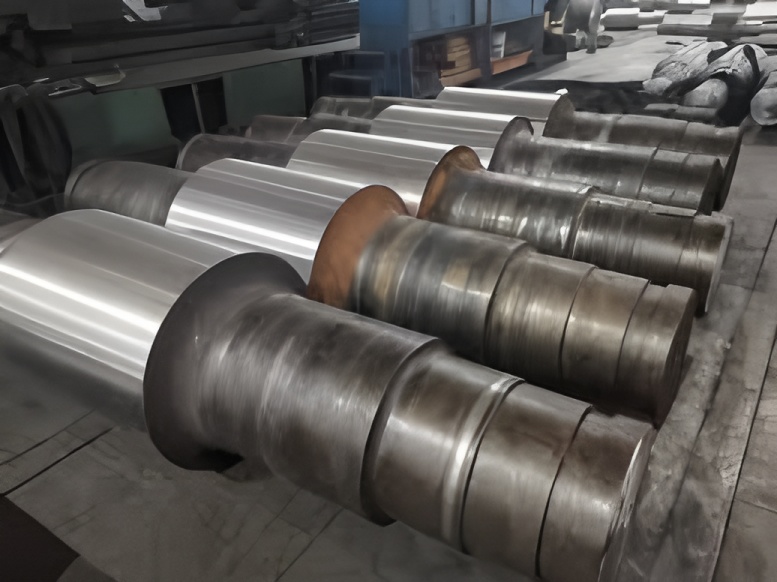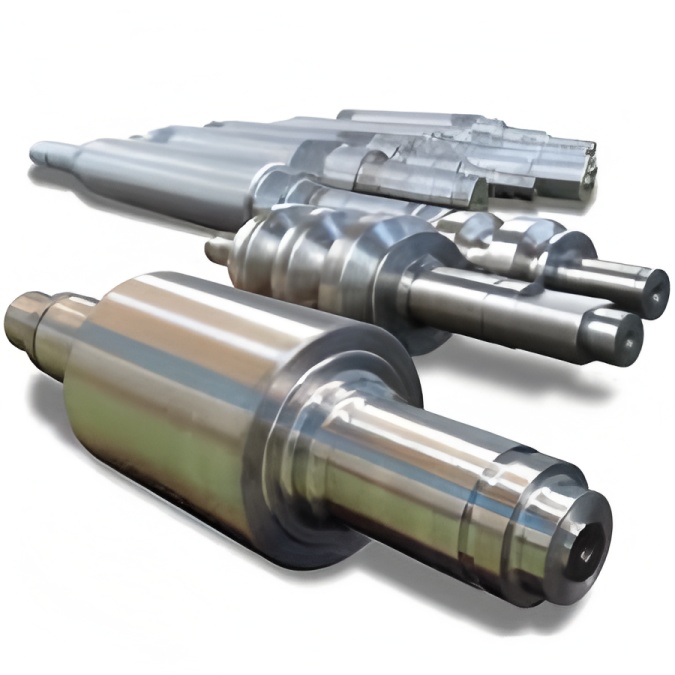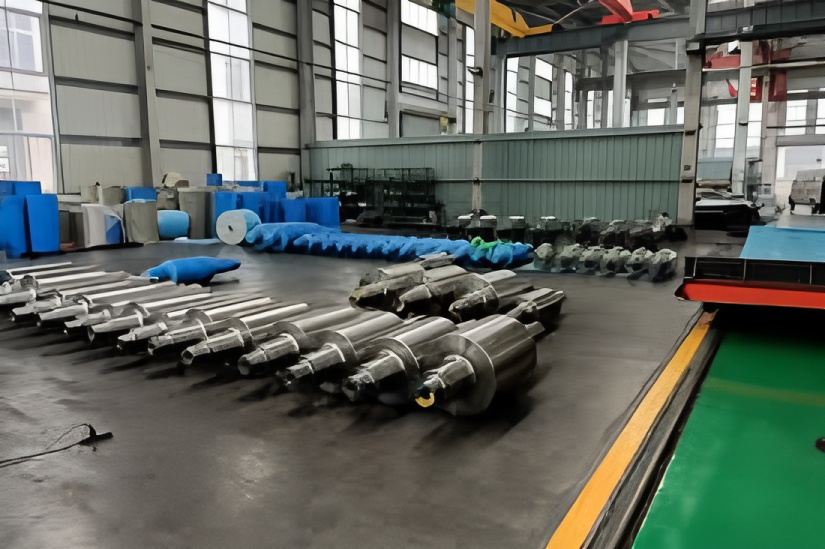Process Analysis and Defect Identification
The production process begins with pickled hot-rolled coils being loaded onto the uncoiler. The strip passes through various guides and the six-roll cold rolling mill before being coiled. During rolling, emulsion provides essential cooling and lubrication. Subsequent annealing in bell furnaces requires 72 hours of heating and 24 hours of cooling, followed by leveling operations to eliminate annealing-induced deformations.
Emulsion System Deficiencies
While emulsion is vital for rolling, inadequate removal causes surface defects. The current reversible rolling mill cannot effectively purge residual emulsion, leading to staining that persists through degreasing and annealing stages. This emulsion spotting represents a major quality constraint for annealed plate production.
Annealing Adhesion Issues
Adhesion between coil layers occurs during bell furnace annealing, particularly after 3 hours of cooling. This bonding phenomenon significantly impacts both product quality and production yield.
Process and Equipment Modifications
Air Purge System Optimization
The original purge system’s design limitations necessitated comprehensive modification of the emulsion injection, purging, and anti-wrap systems.
Anti-Wrap Guide Enhancement
Fixed upper and lower guides were replaced with hydraulically controlled versions. Position detection ensures proper retraction, while mechanical adjustments accommodate maximum roll diameters.
Upgraded Plate Purge System
The original single purge beams proved inadequate against emulsion splashing. The modified system integrates purge mechanisms with anti-wrap guides, featuring dual purge rows on upper guides to address emulsion from intermediate and backup rolls.
Air Knife Overflow Prevention
New cylinder-driven air knives effectively remove accumulated emulsion during rolling reversals, preventing head/tail emulsion entrapment.
Annealing Adhesion Control
Adhesion primarily occurs during cooling when compressive stresses develop between coil layers. Thermal stress analysis revealed that the initial cooling phase (above 670°C) creates conditions conducive to bonding under high temperature and pressure.
Addressing adhesion requires managing pressure, temperature, and time parameters. While temperature and time have process constraints, reducing interlayer pressure through optimized coiling tension, improved strip shape, enhanced crown control, and surface roughness management proves effective.
Implementation includes:
Optimized annealing cycles for CQ and DQ materials
Additional recoiling for thin-gauge strips (<0.4mm) with poor shape characteristics
Customized annealing procedures for production line compatibility
These measures reduce annealing cycles by approximately 5 hours, decrease hydrogen consumption by 0.5m³/ton, and improve surface quality by 10%, effectively eliminating adhesion issues.
Conclusion
The optimized 1500mm cold rolling mill at Laiwu Steel demonstrates significant operational improvements: 5% increase in both operation rate and yield, enhanced product quality, reduced production costs, and substantial customer satisfaction. These achievements represent valuable best practices for similar operations in the industry.



